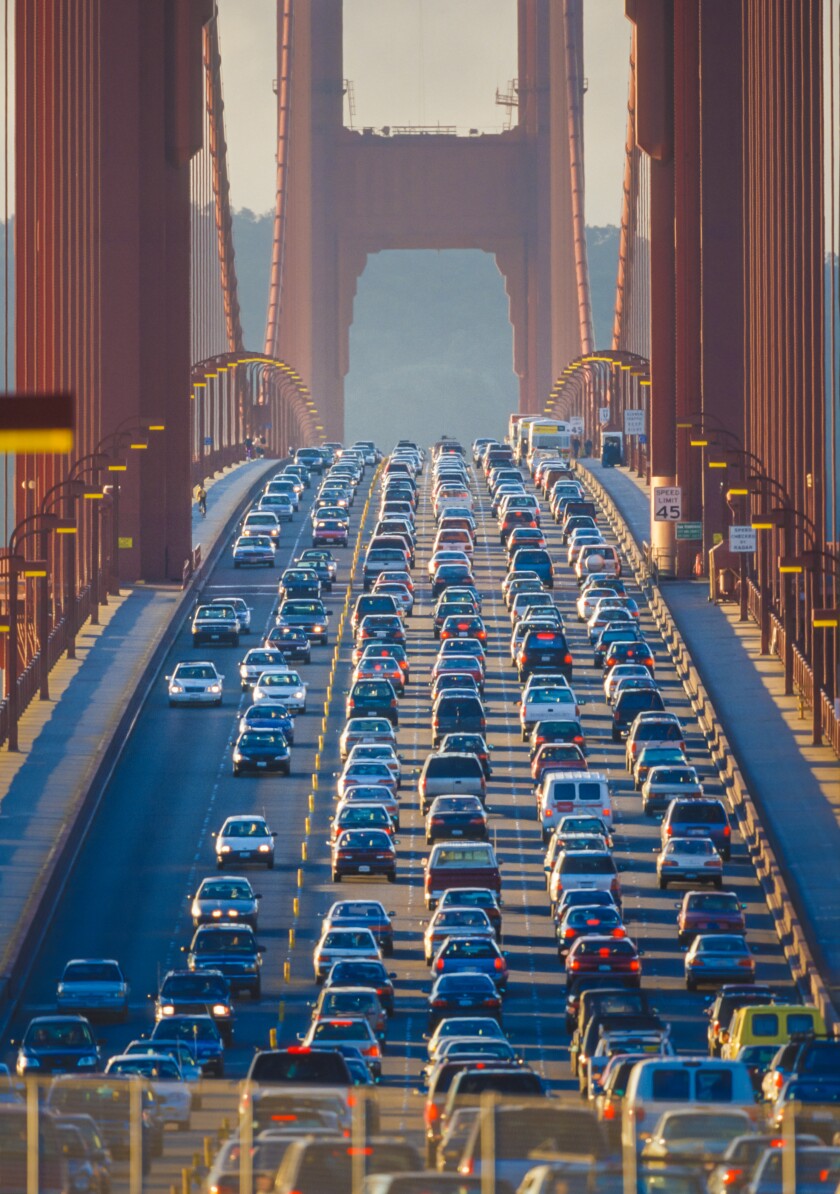Why has Chile declared a state of emergency to enforce a fare hike?
In 2005, conventional [easy-to-get] oil peaked. Every day the world's massive oil-dependent, fixed-asset, infrastructure depends more on difficult oil, expensive oil.
This infrastructure: highways, refineries, pipelines, suburbs, shipping, etc., is resting on huge amounts of debt that was created with the idea that oil would always be cheap.
Now the end of cheap oil has created a cul-de-sac. Oil price is too low for producers, but too high for consumers. But the oil-dependent infrastructure, if not fed, will bleed money.
They need people to use cars more and public transport less. So they raise fares.
They are literally beating up school girls to save the banking system.








